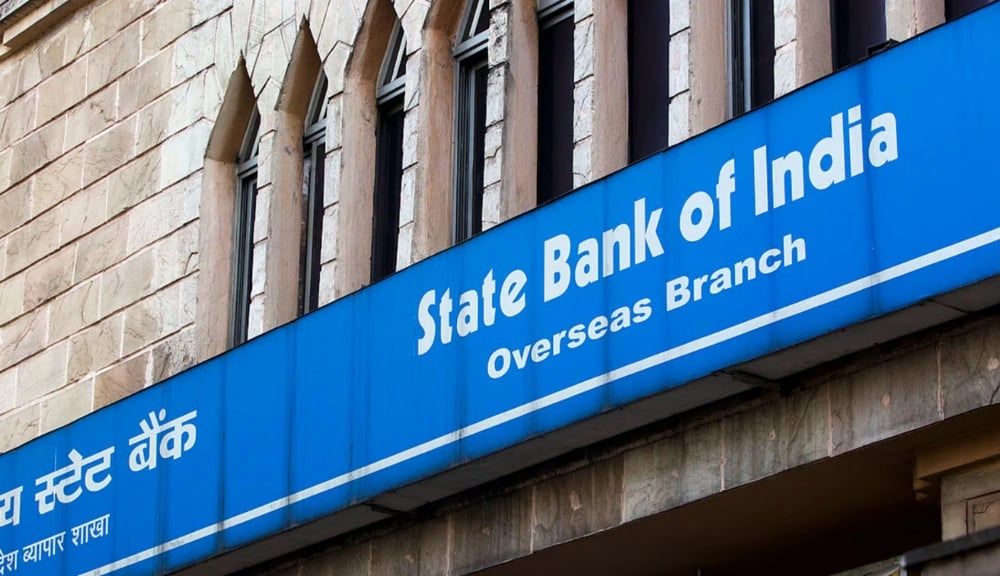

The State Bank of India (SBI), the country's largest lender, has announced plans to raise 250 billion rupees (approximately $3 billion) through a new equity issuance in the current financial year. This initiative marks the first capital raise for a government-owned bank in seven years and highlights SBI's efforts to strengthen its capital base and adapt to changing market conditions.
According to a report released on Saturday, SBI's net profit fell by 9.9% compared to the same period last year, totaling 186.4 billion rupees. However, this figure exceeded the average estimate of 18 analysts, who had projected a profit of 179.9 billion rupees.
The decline in profit may be attributed to several factors, including an increase in provisions for potential loan losses and the impact of rising interest rates.

SBI's plan to raise funds is driven by the current market climate. Local bank stocks are trading at record highs, making this a favorable time for capital raising. The primary objectives of the capital raise include:
Strengthening financial resilience;
Supporting the loan portfolio and enhancing lending capabilities;
Investing in digitalization and new technologies.
These measures will enable SBI to maintain its leading position in the market, expand its loan share, and adapt to growing competition.
SBI is not the only player aiming to raise capital. Other key market participants, such as Axis Bank Ltd. $AXISBANK.NS and IDFC First Bank Ltd. $IDFCFIRSTB.NS, have also announced their plans.
Axis Bank Ltd. plans to raise $6.4 billion;
IDFC First Bank Ltd. is working on capital-raising efforts with investors like Warburg Pincus and Abu Dhabi Investment Authority.
These moves underscore the activity within the private sector to secure funding, which creates additional opportunities for growth in the face of market volatility.

In addition to its capital-raising plans, SBI has declared a dividend of 15.9 rupees per share. This decision is likely to positively impact investor confidence and serve as a strong indicator of the bank's financial health. Furthermore, high dividends may attract new investors looking for stable returns.
Amid growing competition and dynamic changes in the financial markets, SBI's strategy to raise capital through new equity issuances is crucial. This initiative will not only fortify the bank's market position but also enable it to respond to the demands of the times. The success of this plan will hinge on market reactions and demand for the shares, thus impacting the bank's financial results in the future.
In conclusion, the State Bank of India is crafting a strategy aimed at improving its financial standing and fostering future development, which will undoubtedly have significant implications for the entire banking sector in the coming years.
SBI's capital raise is a bold strategy that could reshape the banking landscape!
Impressive move by SBI that signals a bold step towards future growth and stability!